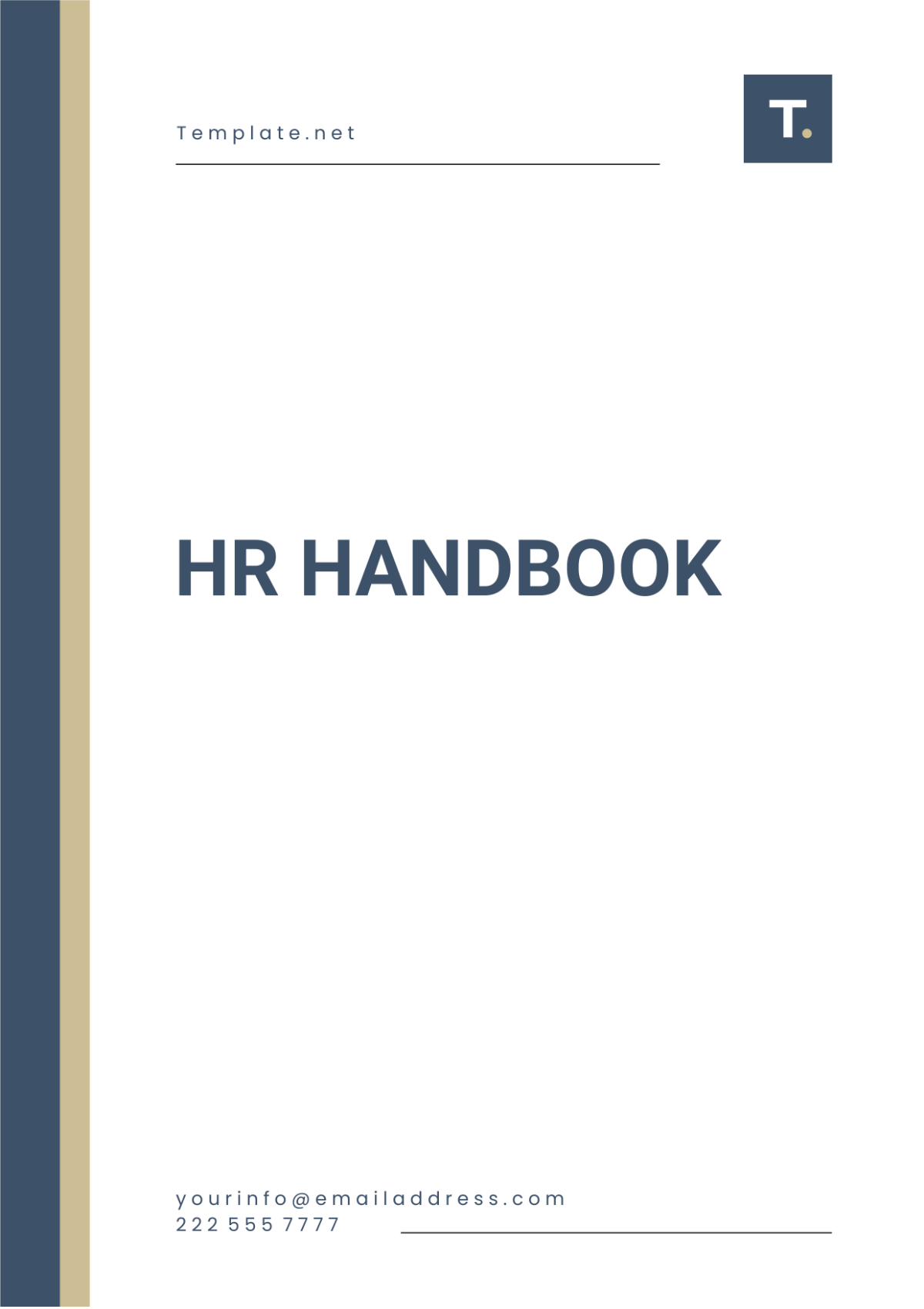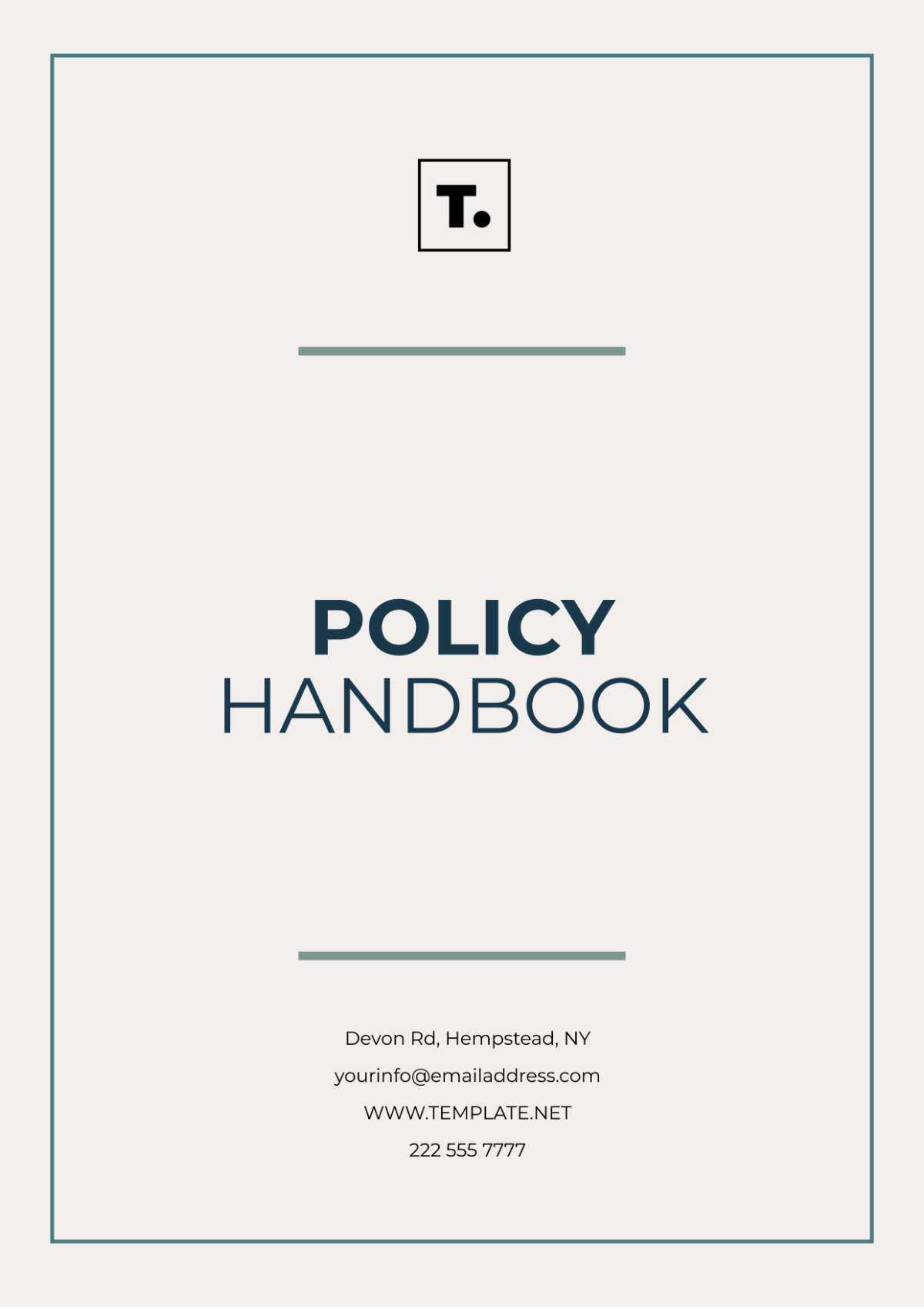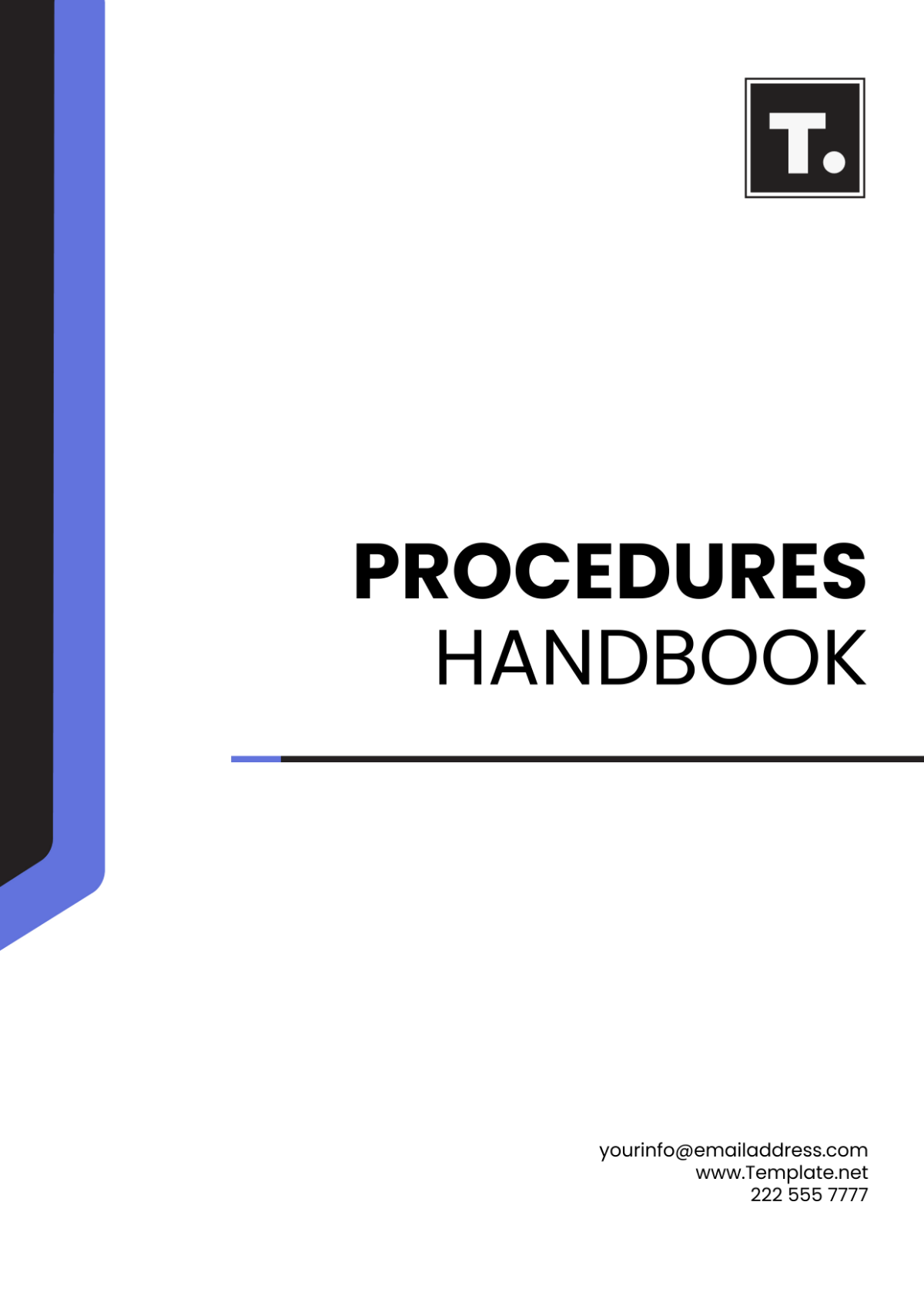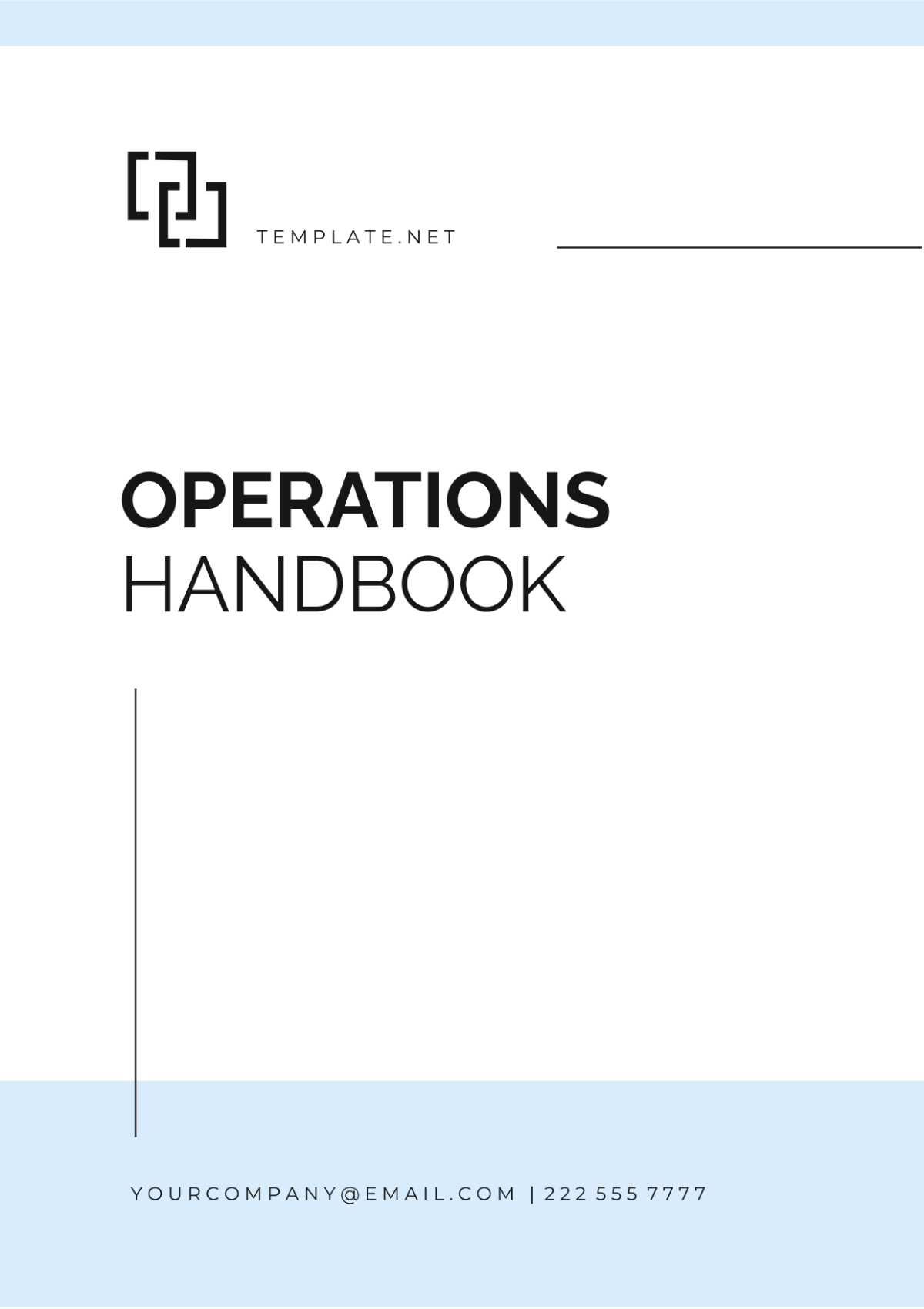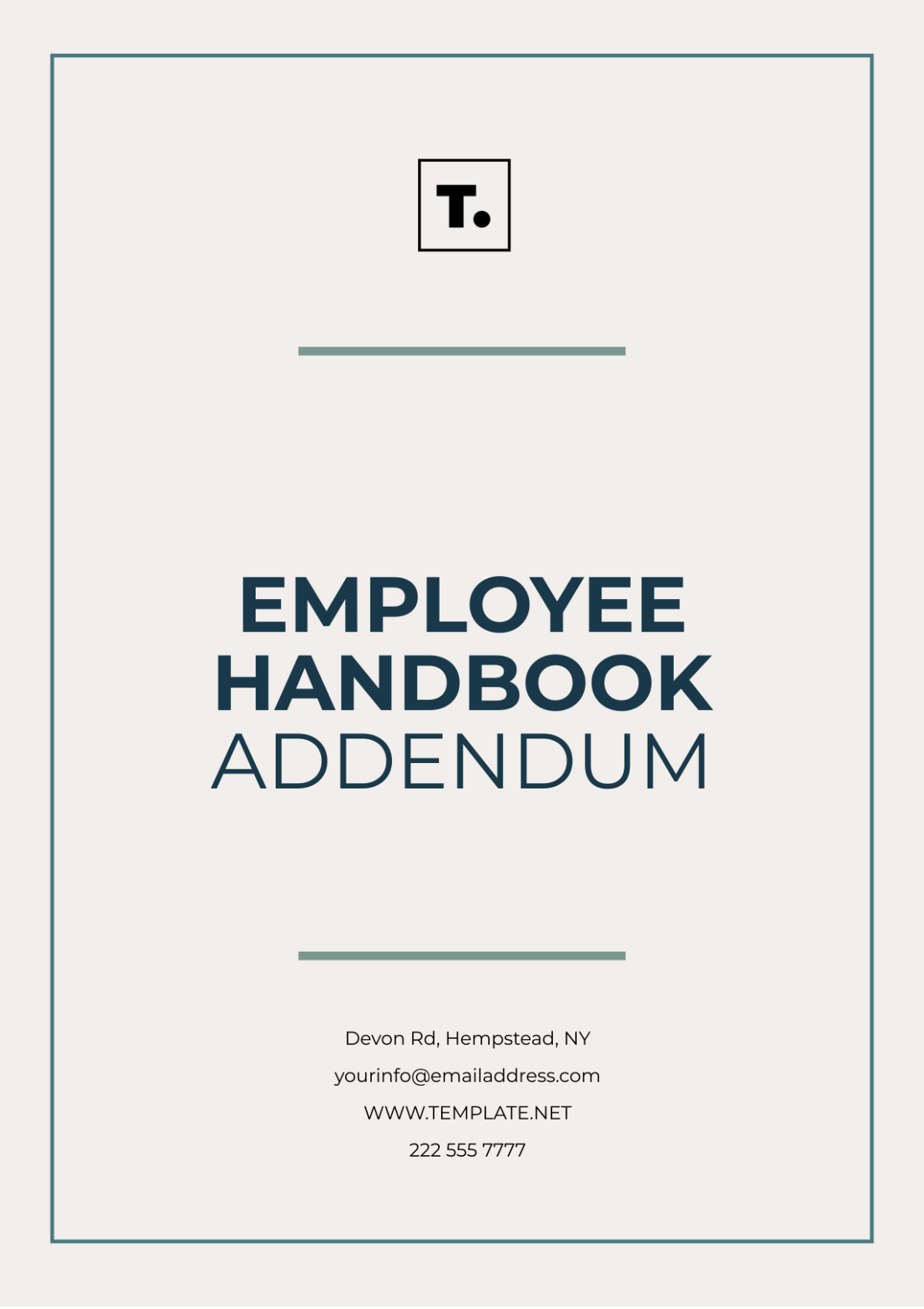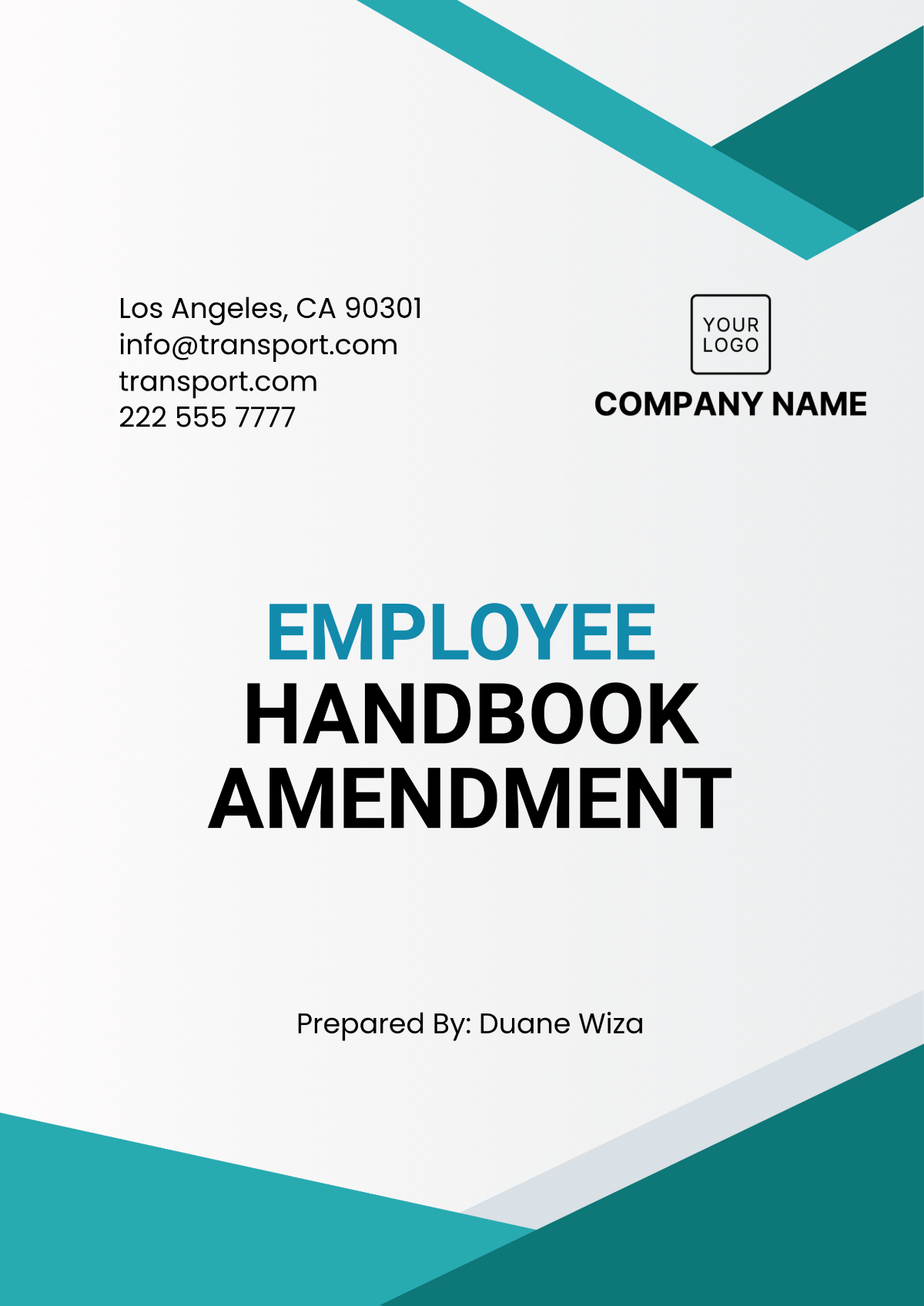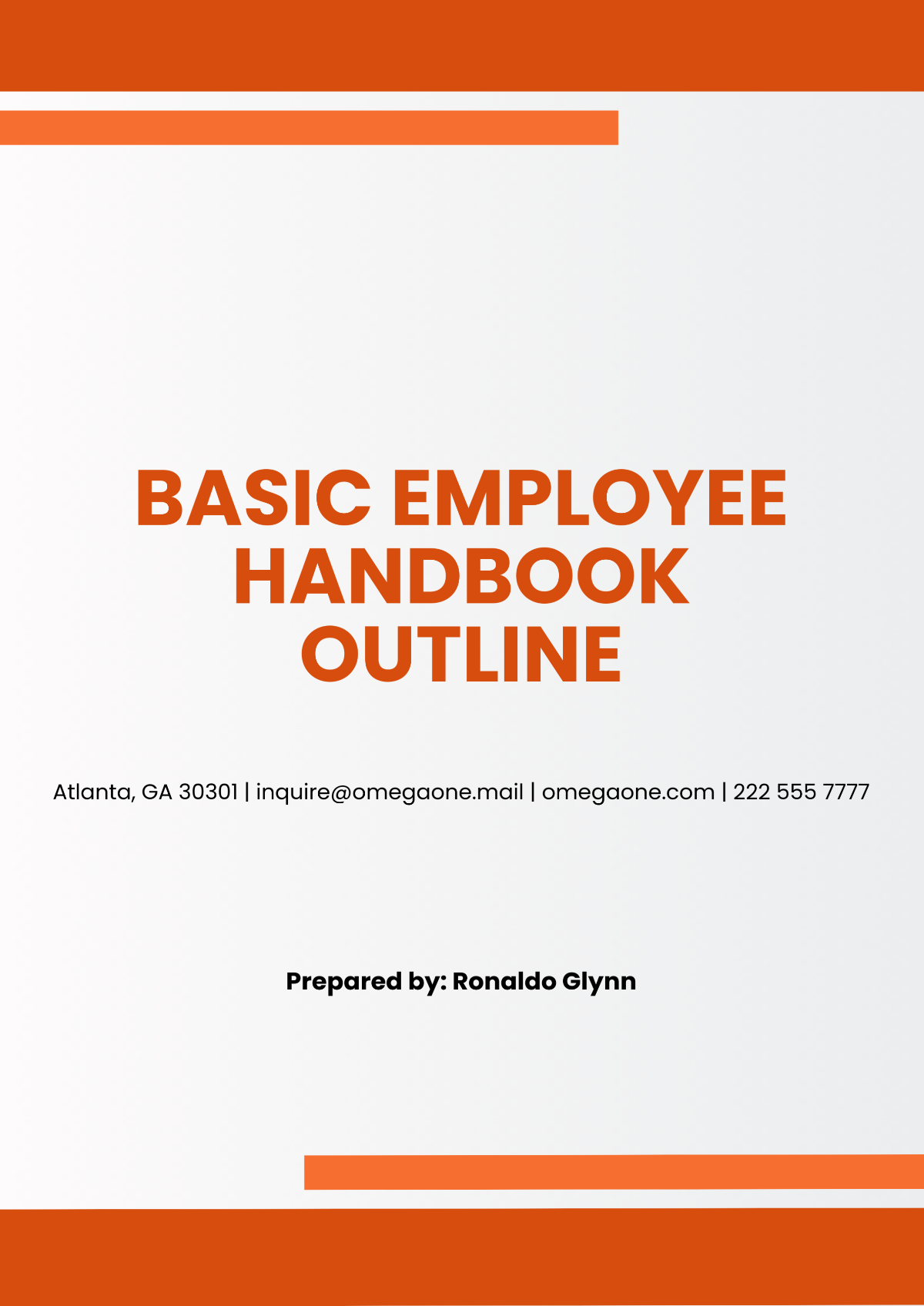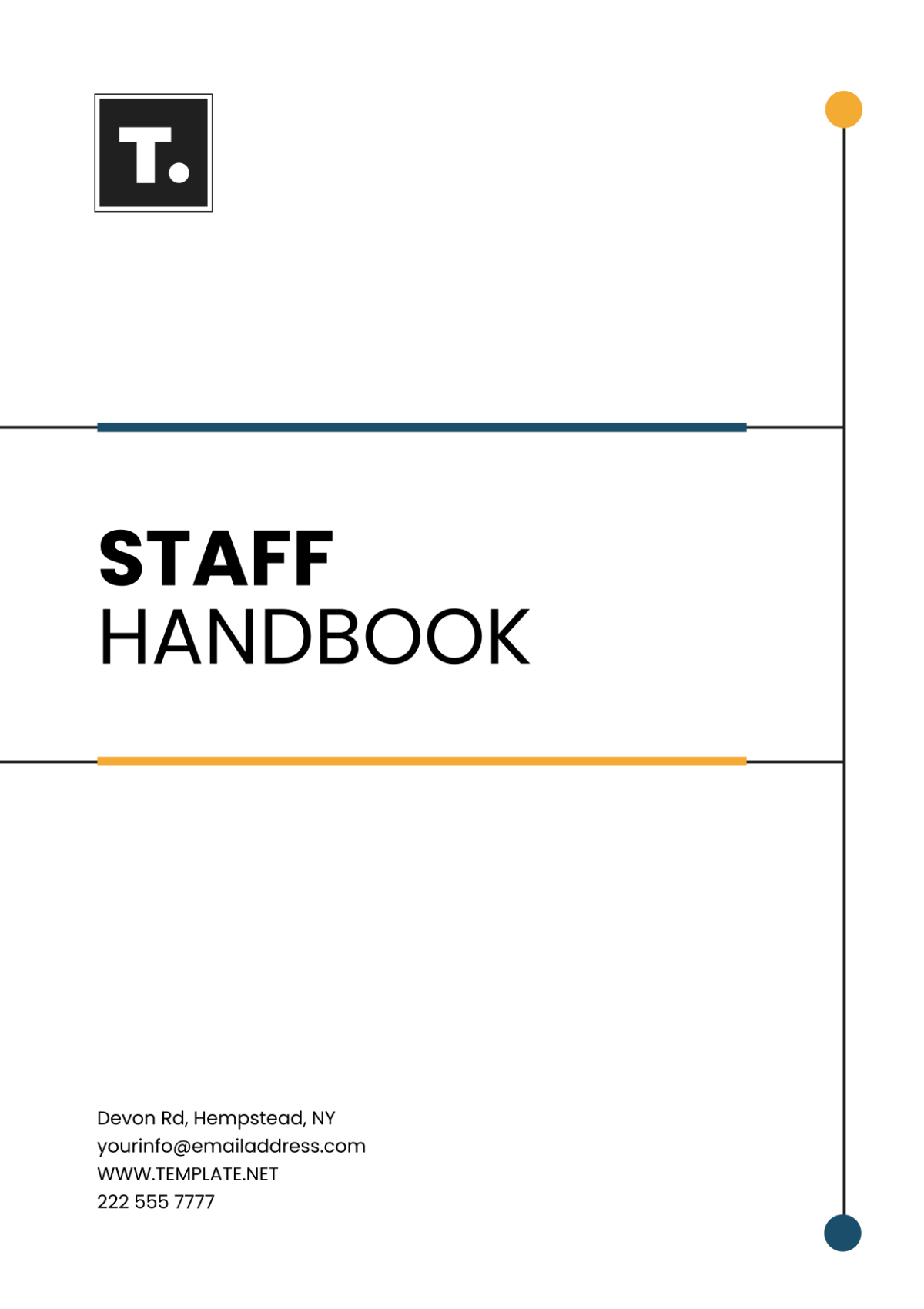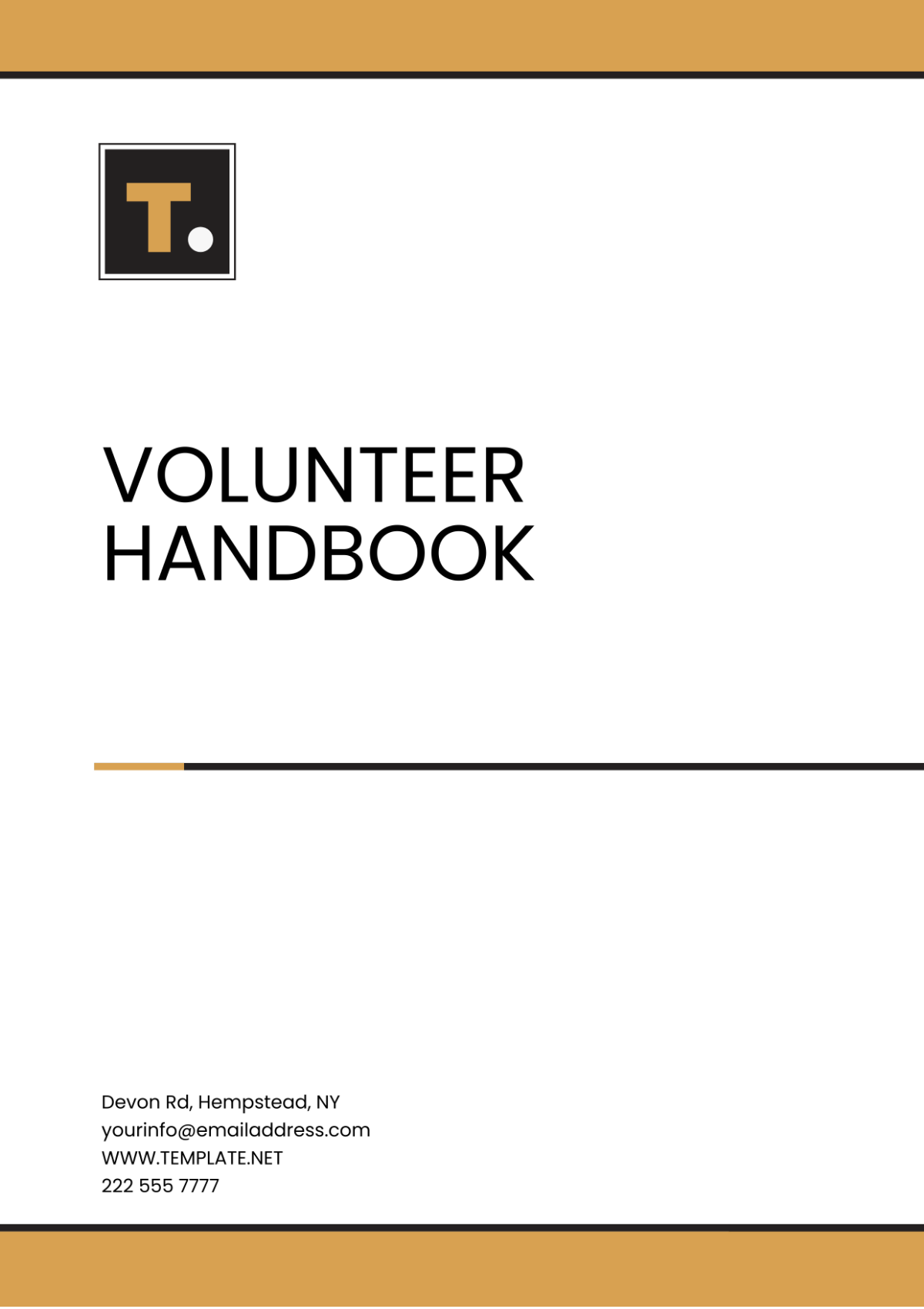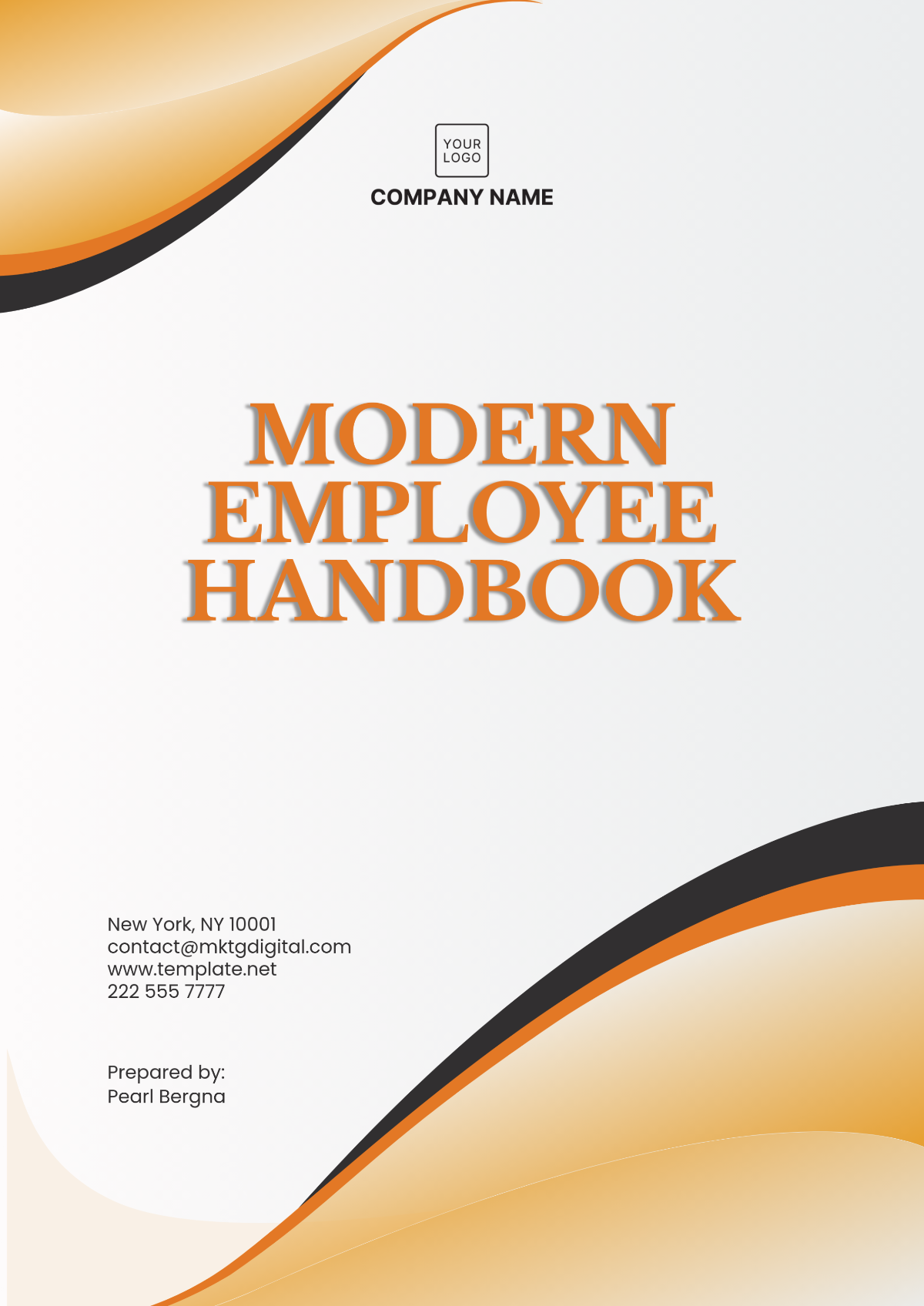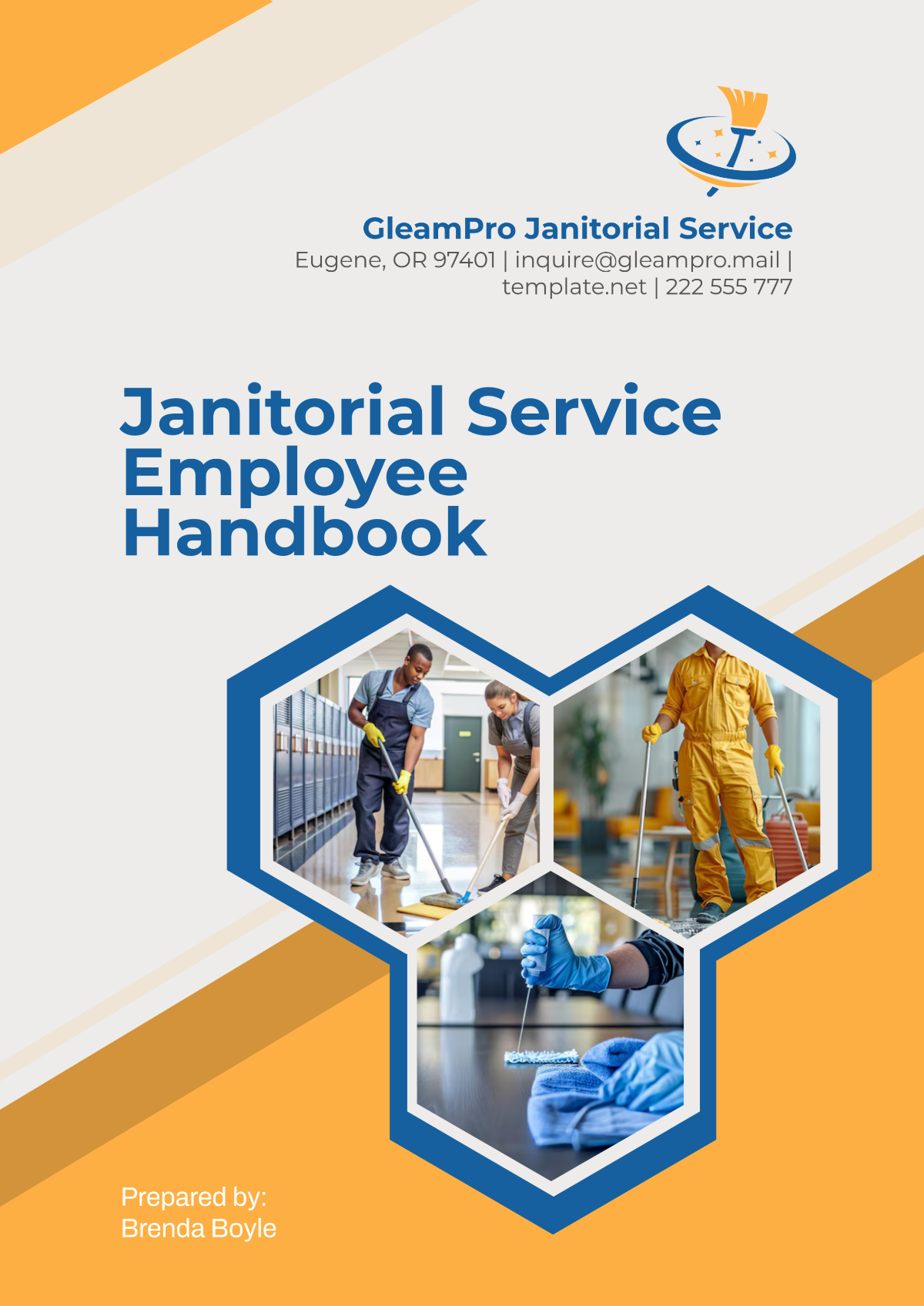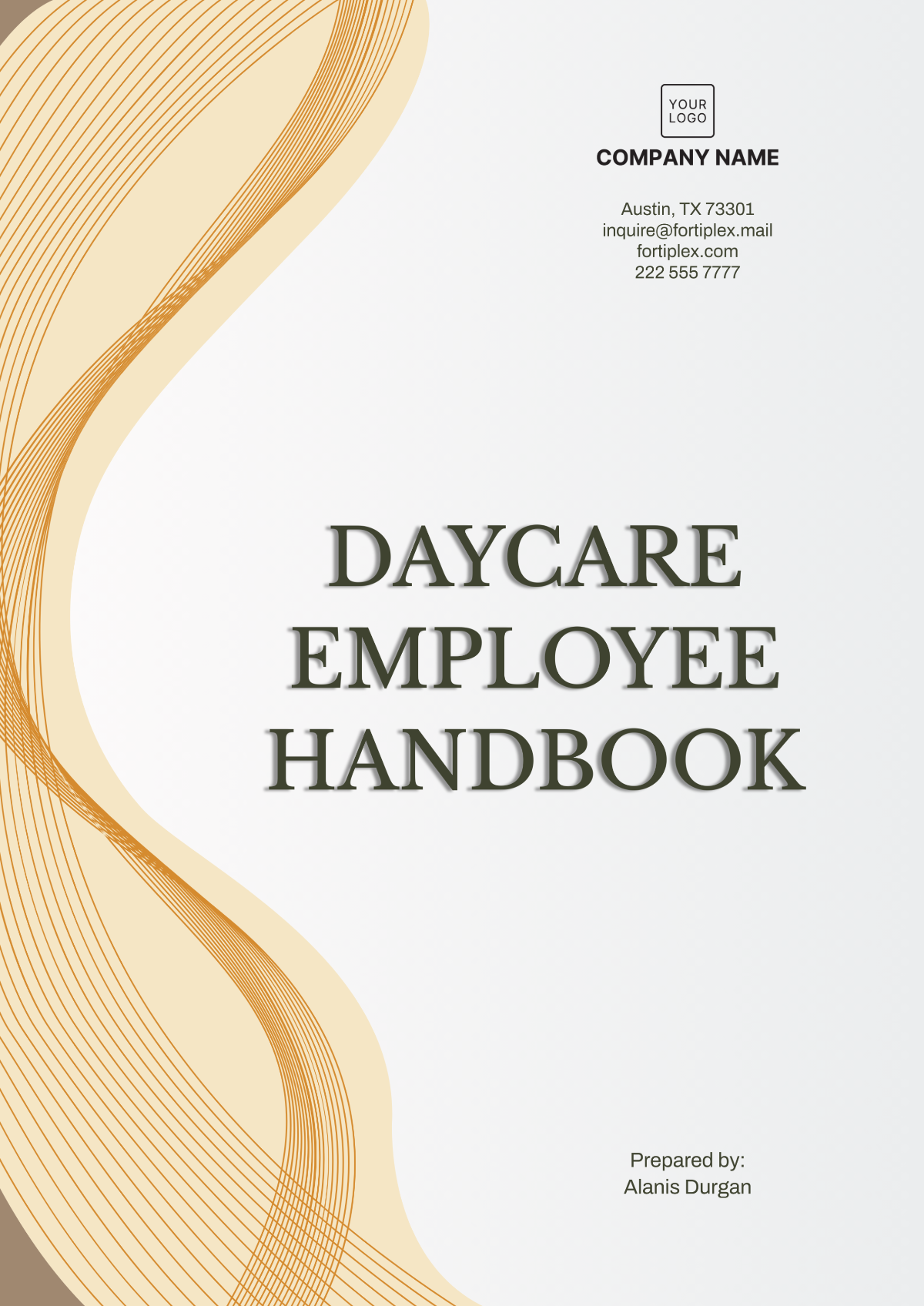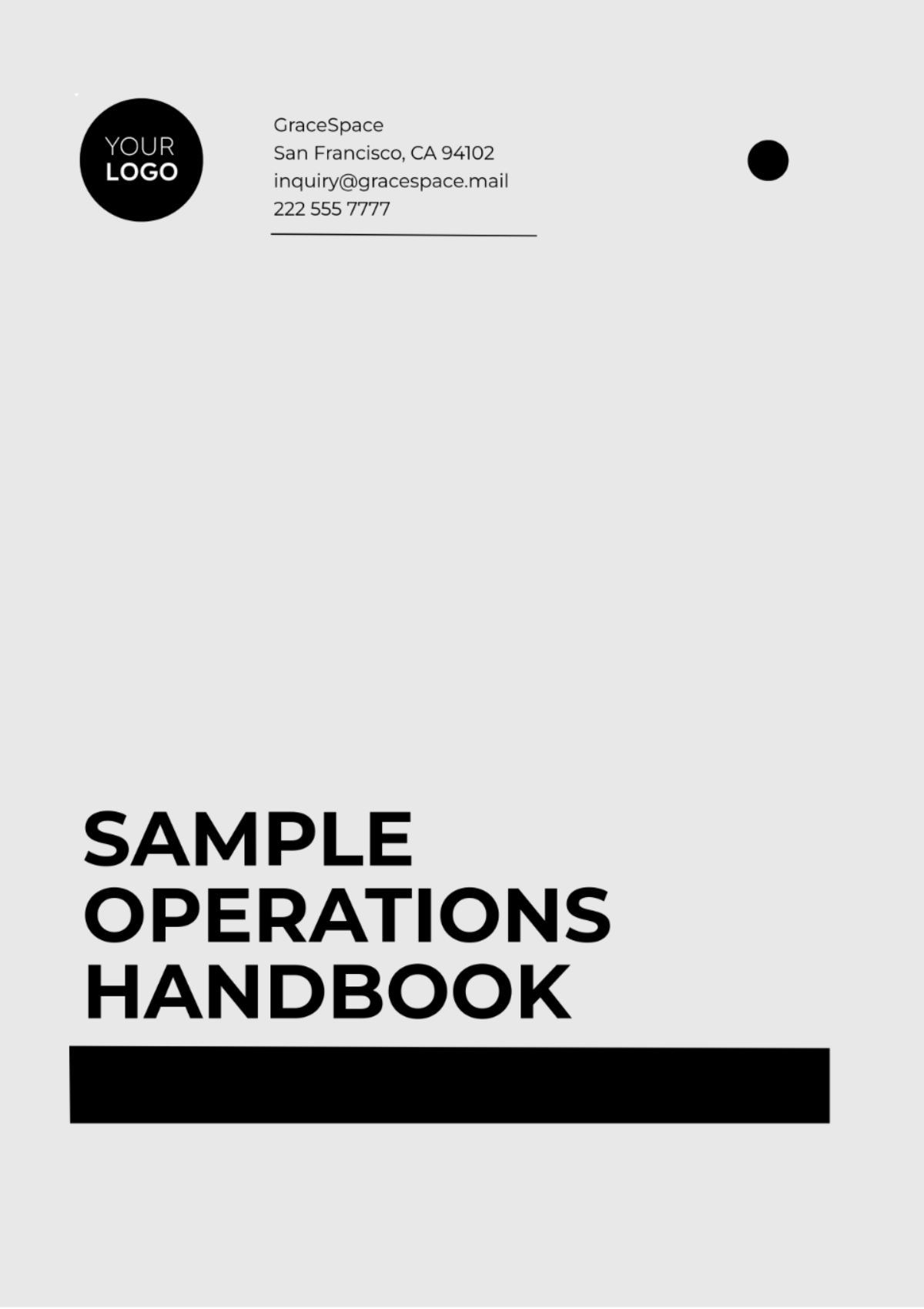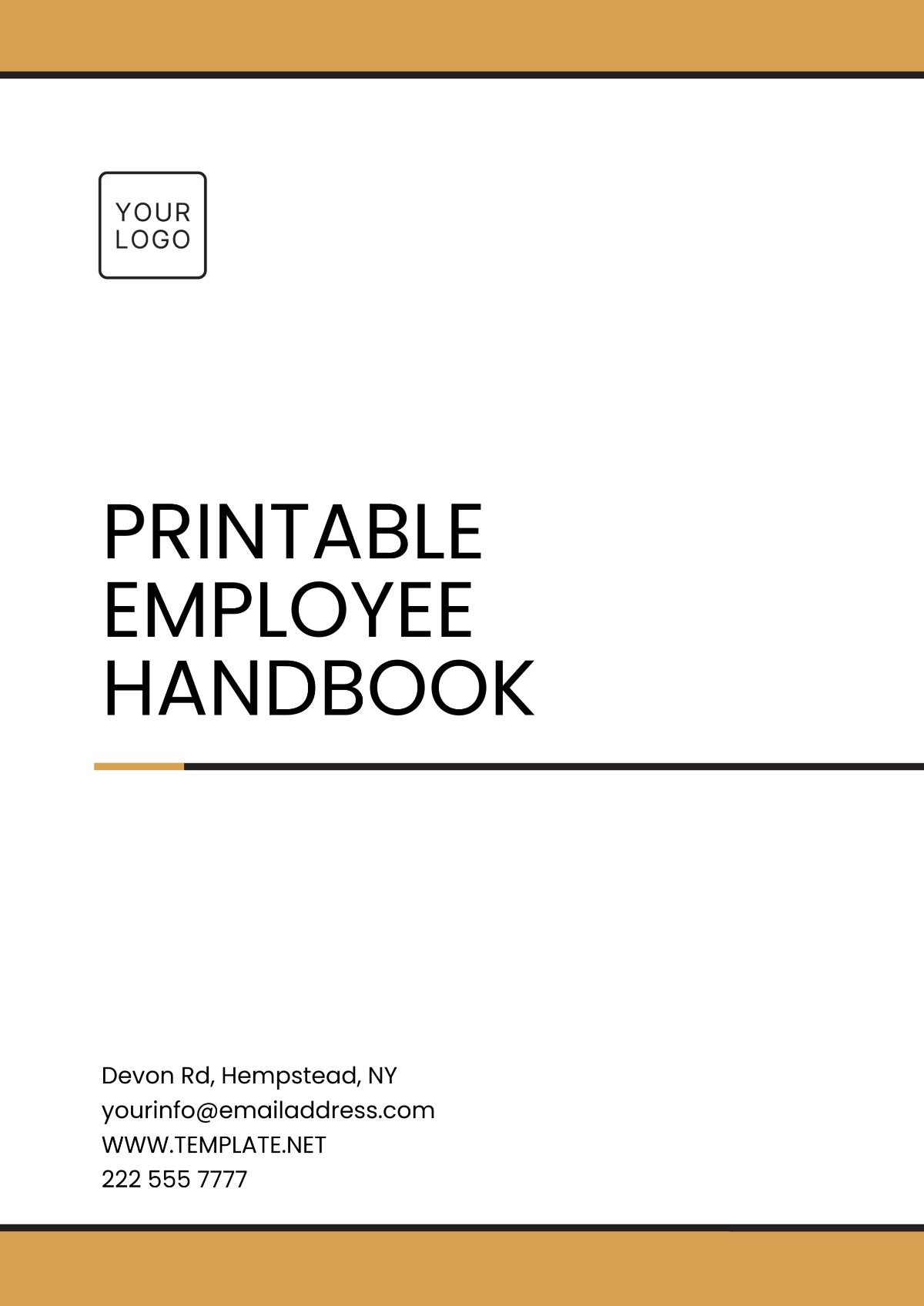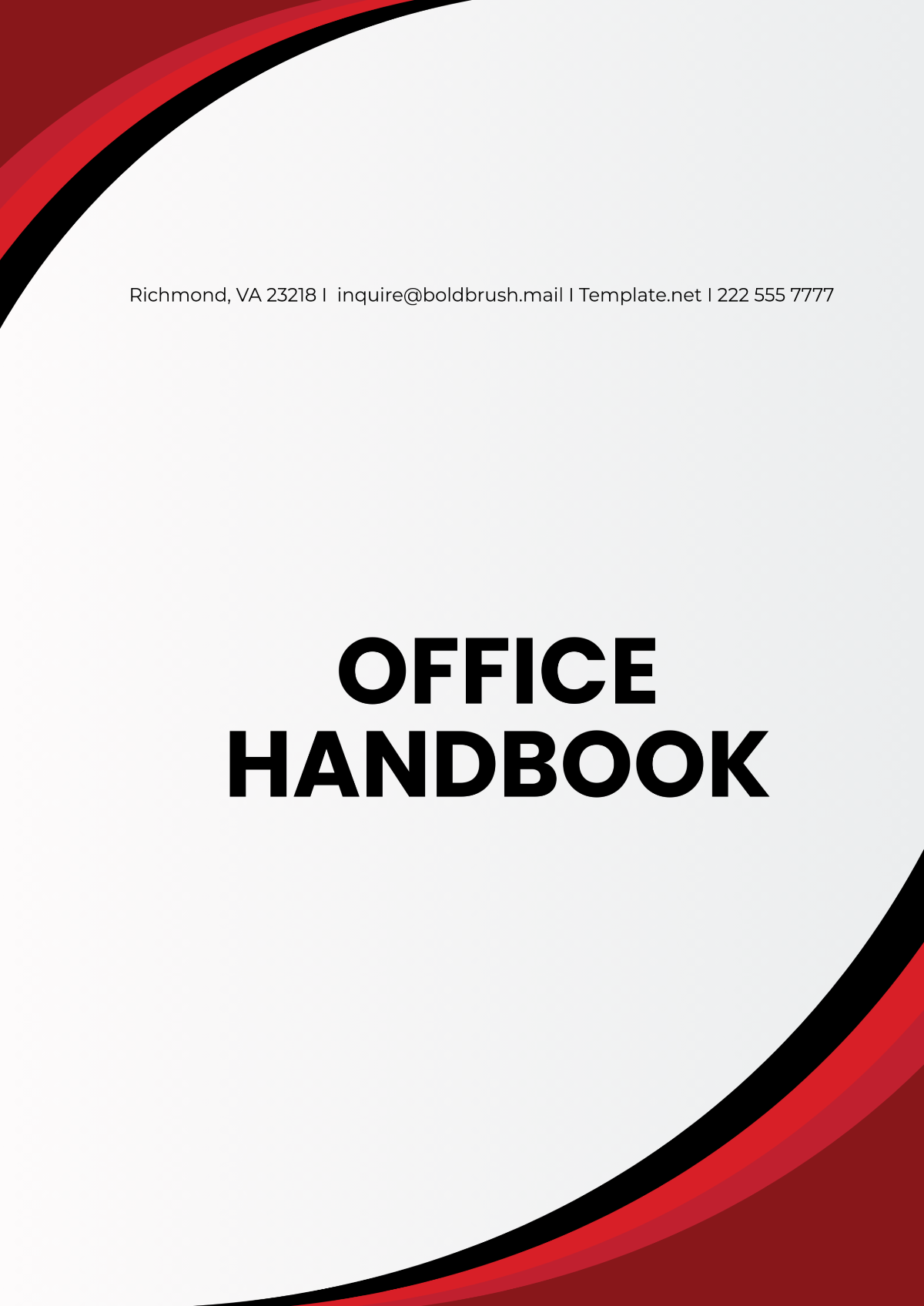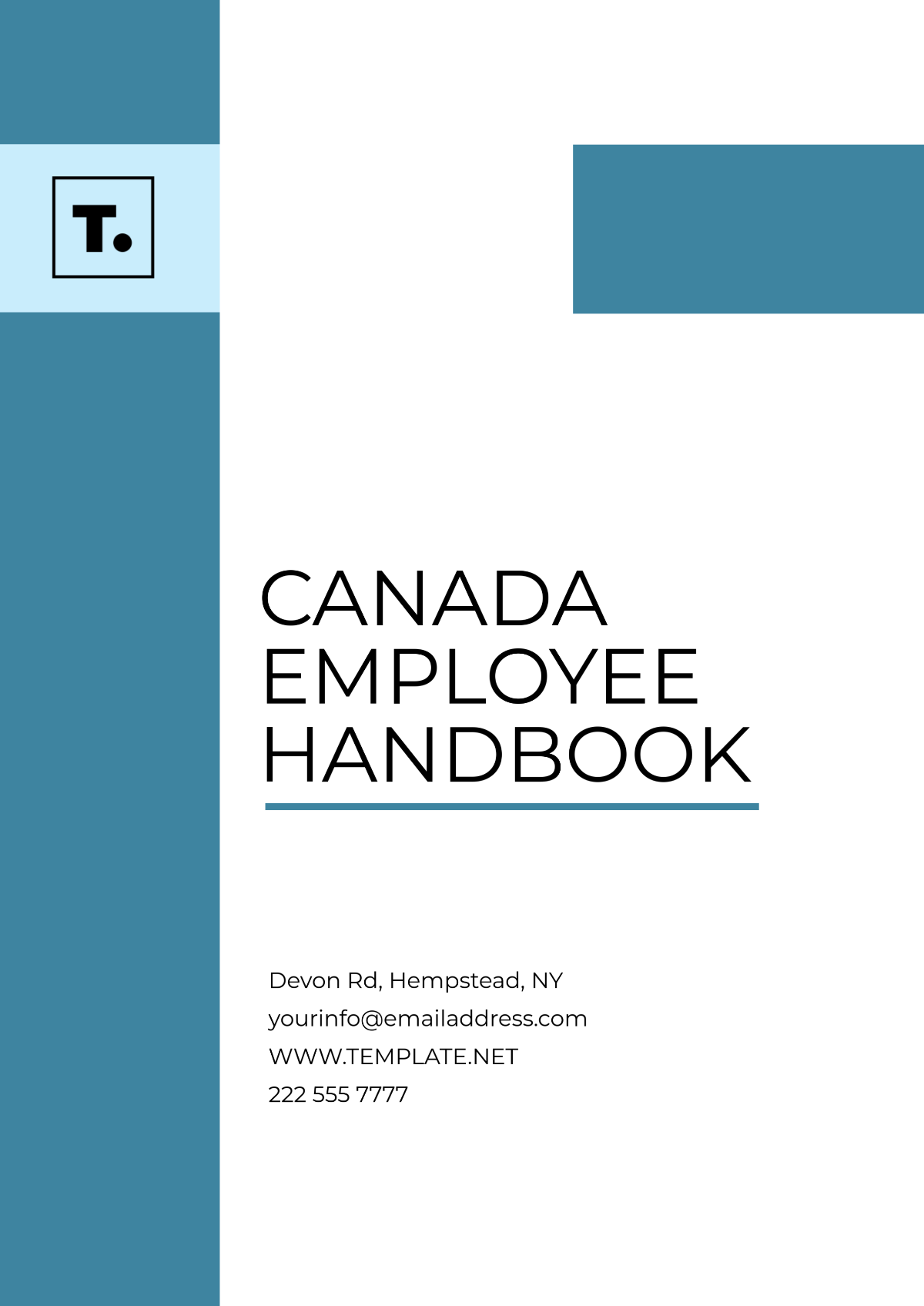Lab Handbook
Welcome to the Lab Safety Handbook provided by [YOUR COMPANY NAME]. This handbook is designed to outline the protocols and safety measures required for the handling and disposal of chemicals and hazardous materials within our facilities.
Ensuring the safety of our staff and the environment is a prime concern, and adherence to these guidelines is mandatory for all lab personnel.
I. Introduction
A. Purpose of the Handbook
This handbook aims to provide comprehensive guidelines to promote safe practices in the handling and disposal of hazardous materials and chemicals. Adhering to these guidelines helps in maintaining a safe working environment and compliance with national safety regulations.
B. Scope of Use
This document is applicable to all employees at [YOUR COMPANY NAME] who interact with chemical substances and hazardous materials in their daily duties. It covers various procedures, emergency responses, and proper disposal methods essential for maintaining safety within the lab facilities.
II. Chemical Handling Procedures
A. General Handling Guidelines
Proper handling of chemicals is crucial to safety in the lab. Always wear appropriate personal protective equipment (PPE), including gloves, goggles, and lab coats. Ensure that all chemicals are clearly labeled and stored according to their hazard classes. Never eat, drink, or touch your face while handling chemicals.
B. Specific Handling Protocols
Certain chemicals require specific handling protocols due to their dangerous properties. For instance, flammable liquids should be kept away from ignition sources, while corrosive substances should be handled with additional care to prevent skin contact. Refer to the Material Safety Data Sheets (MSDS) for detailed handling instructions for each chemical.
III. Disposal of Hazardous Materials
A. General Disposal Guidelines
All hazardous waste must be disposed of in accordance with local, state, and federal regulations. Ensure that hazardous waste is collected in appropriate containers, which should be clearly labeled and kept in designated areas until they are removed by qualified waste disposal personnel.
B. Specific Disposal Instructions
Each type of hazardous material may require different disposal methods. For example, organic solvents must be disposed of in a combustion facility, whereas heavy metals require special treatment and separation. Always update the disposal records and ensure compliance with the latest environmental safety laws.
IV. Emergency Procedures
A. Immediate Response Actions
In the event of a chemical spill or exposure, initiate the emergency response procedure immediately. This includes evacuating the area, alerting fellow staff members, and contacting the emergency response team. Administer first aid measures if necessary and wait for professional medical assistance.
B. Reporting Incidents
All incidents involving hazardous materials must be reported to the safety manager at [YOUR COMPANY NAME]. Documentation should include the date, time, material involved, and details of the incident and response action. This information is crucial for future safety assessments and regulatory compliance.
V. Training and Competency Requirements
A. Mandatory Training Programs
All lab personnel must undergo regular training on the safe handling of chemicals and emergency response. These training sessions are held semi-annually and are updated to reflect changes in regulations and safety practices.
VI. Personal Protective Equipment (PPE)
A. Types of PPE Required
Appropriate PPE includes lab coats, safety glasses or goggles, gloves, and proper footwear. Depending on the specific chemical being handled, additional equipment such as respirators or face shields may be required.
VII. Contact Information
A. Safety Manager
For any queries or further information about the chemical handling and disposal procedures, please contact the safety manager at [YOUR COMPANY EMAIL] or call [YOUR COMPANY NUMBER].
Revision | Date | Description | Author |
|---|---|---|---|
1.0 | [Date] | Initial release of Lab Safety Handbook | [YOUR NAME] |



